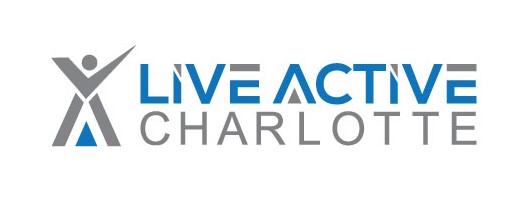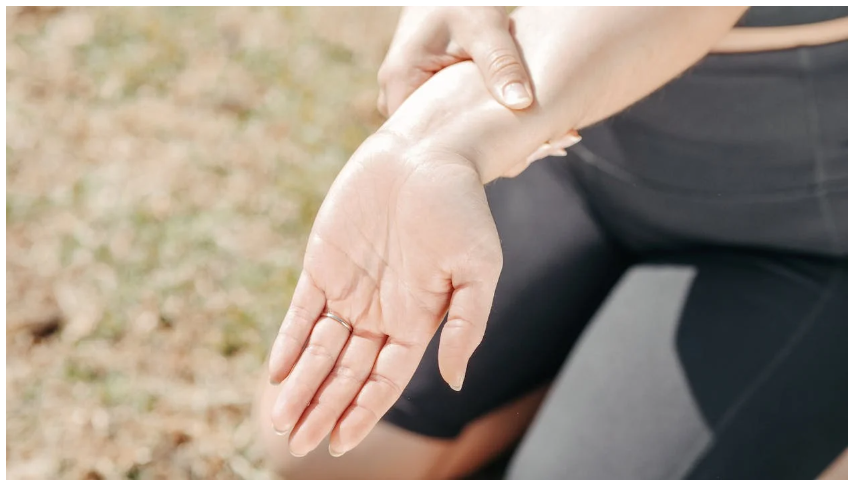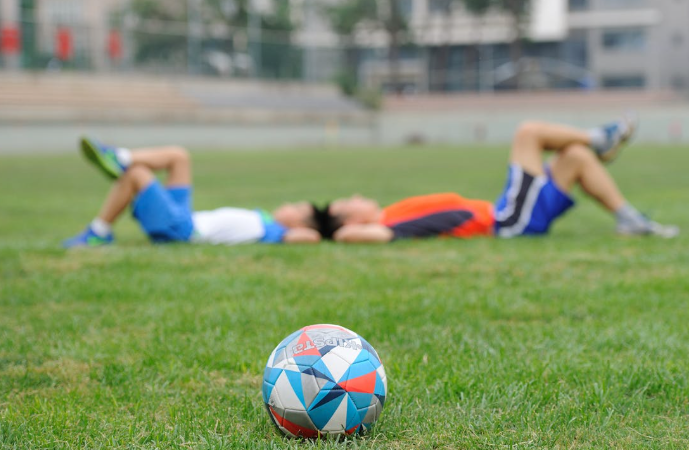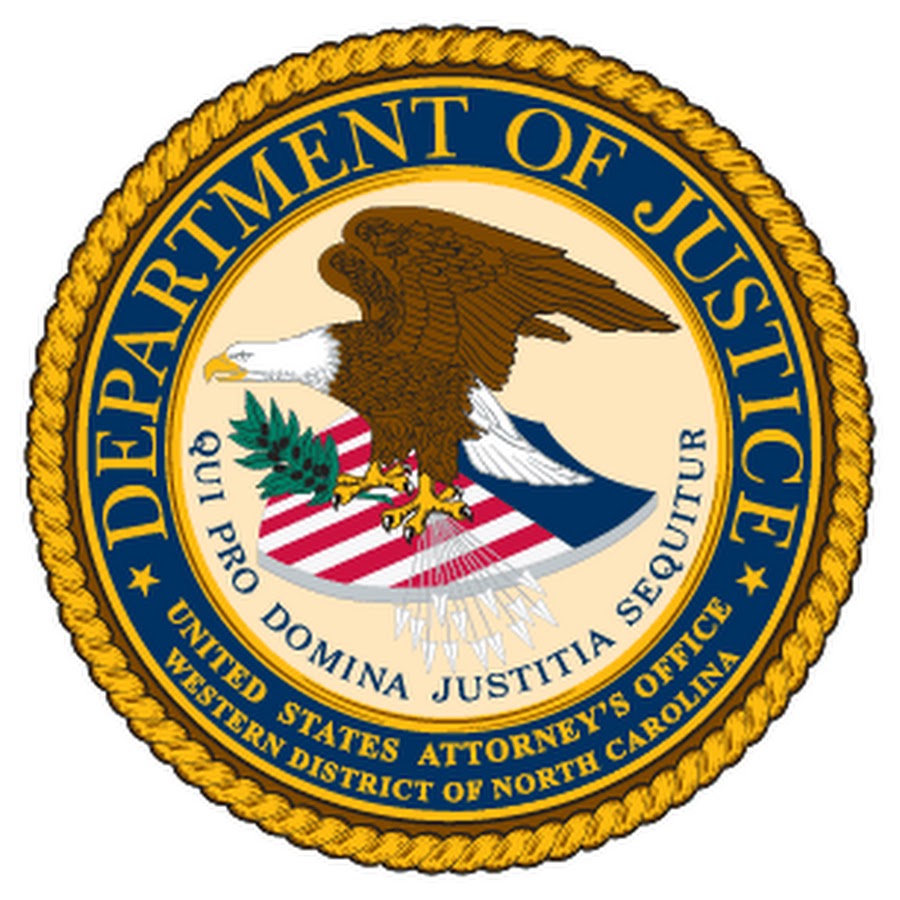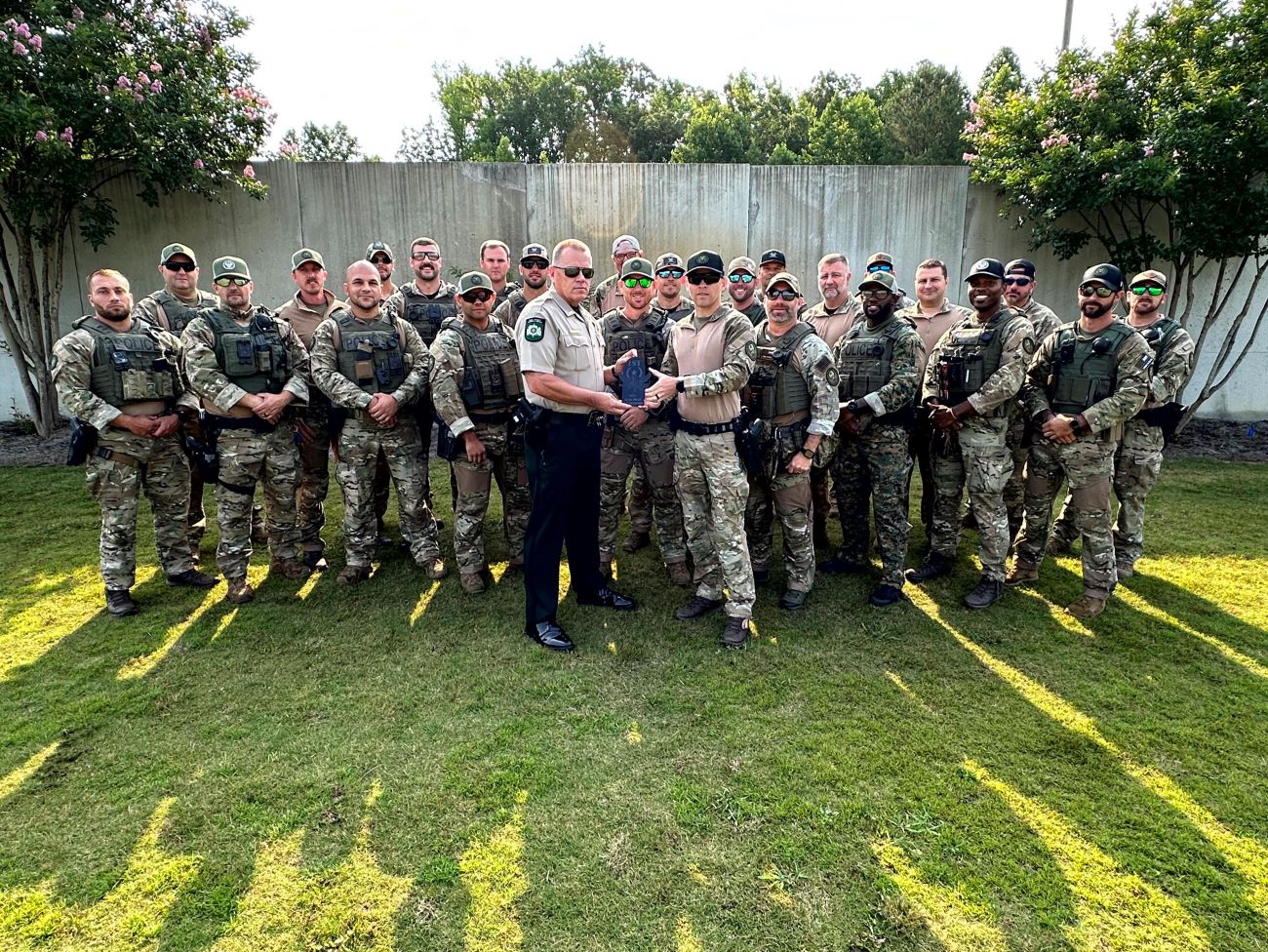You’re one of the millions of Americans working at your desk 40+ hours a week and trying to ignore the tingling and numbness in your hand, or hands. Suddenly you’re struck with shock like severe pain in your hands and you find yourself at your doctor’s office with self diagnosed Carpal Tunnel Syndrome.
Symptoms of Carpal Tunnel Syndrome occur when the median nerve, which runs from the forearm into the palm of the hand, becomes compressed. The median nerve controls sensations to the palm side of the thumb and fingers, in addition to small hand muscles that control the thumb and fingers. The carpal tunnel – a narrow, rigid passageway of ligament and bones at the base of the hand – houses the median nerve and tendons.
Sometimes, thickening from irritated tendons or other swelling narrows the tunnel and causes the median nerve to be compressed. The result may be pain, weakness, or numbness in the hand and wrist, radiating up the arm. Some people will also complain of decreased grip strength. Often times, the symptoms are worse at night, and can awaken the person from sleep.
While I’ve been involved in a small sample size over 10 years in practice (approx. 20 patients); I can only recall 2 of them that had a full recovery after surgery. At least 3 times that many were worse, while the remainder noted only small improvements, most agreeing that they may have been better off prior to the surgery.
When it comes to pain, most want the quick fix. I’m here to tell you that while some cases merit surgical intervention, studies show that over 80% of carpal tunnel sufferers can get relief with conservative treatment options. Those would include non-steroidal anti-inflammatory medications, chiropractic care, physical therapy and more.
In many instances, the painful area is just a symptom of a larger picture. In the case of carpal tunnel; the median nerve which is typically compressed starts at the neck, and runs through the wrist to the hand. There are many places that the nerve can get compressed and mimic symptoms of carpal tunnel, this can occur at the neck, shoulder and elbow; in addition to the wrist.
In these cases, treatment focusing solely at the site of pain will be missing the cause of the pain, and likely result in, at best, temporary symptom relief.
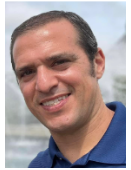
Dr. Brian Strump is a chiropractor and owner of Live Active Charlotte, a CrossFit/functional fitness gym located in the Steele Creek area of Charlotte.
If you’re interested in making a change in your health or simply have questions, you can learn more about Brian and his staff by visiting: liveactiveclt.com
